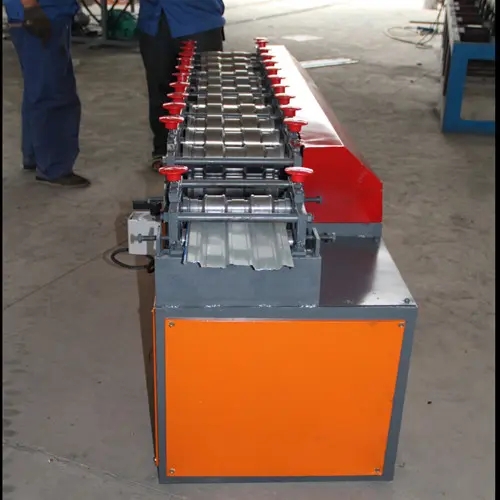Understanding SS Tube Mill Machines An Overview
In today’s manufacturing landscape, the need for high-quality and precision-engineered products is more significant than ever. Among various manufacturing processes, the SS tube mill machine stands out as a crucial piece of equipment for producing stainless steel tubes efficiently and effectively. This article aims to provide an overview of SS tube mill machines, their components, operating principles, and the benefits they bring to various industries.
What is an SS Tube Mill Machine?
An SS tube mill machine is specifically designed for the production of stainless steel tubes. These machines utilize a series of processes to transform stainless steel strips or coils into tubes of various sizes and specifications. The manufacturing process involves several stages, including forming, welding, and finishing. By using advanced technology, tube mill machines can create tubes that meet rigorous industry standards for quality and durability.
Key Components of SS Tube Mill Machines
SS tube mill machines consist of several essential components that work together to ensure seamless operation
1. Uncoiler This component unwinds the stainless steel strips, feeding them into the mill for processing. 2. Forming Stations These stations include a series of rollers that progressively shape the flat steel strip into a round tube. The design of the rollers can be adjusted to accommodate various tube sizes and wall thicknesses.
3. Welding Machine After the tube is formed, the edges are welded together using high-frequency induction welding or TIG welding, creating a continuous tube. The welding process is critical for ensuring the structural integrity of the finished product.
4. Cooling System Following welding, the tube often requires cooling to stabilize the weld and ensure proper dimensions.
5. Sizing and Cutting Stations Once cooled, the tube is passed through sizing rollers to achieve the desired diameter and wall thickness. It is then cut to the specified lengths.
6. Inspection System Quality control is paramount in tube production. Inspection systems, such as ultrasonic testing and visual inspection, ensure that the final product meets the required standards.

Operating Principle of SS Tube Mill Machines
The operation of an SS tube mill machine is relatively straightforward but requires precise control of various parameters. The process begins with the uncoiling of the stainless steel strip, which is then fed into the forming stations. Here, the strip is shaped into a cylindrical form. Once the edges meet, the welding machine fuses them together, followed by cooling and sizing. Throughout these stages, regular inspections are carried out to ensure quality, ultimately producing a high-strength, reliable stainless steel tube.
Benefits of Using SS Tube Mill Machines
The use of SS tube mill machines offers numerous advantages
- Efficiency These machines can produce large volumes of tubes in a relatively short amount of time, making them ideal for high-demand industries.
- Precision Advanced technology ensures that the dimensions and quality of the finished products are consistently within acceptable limits.
- Versatility SS tube mill machines can produce various tube sizes and shapes, accommodating diverse applications across multiple sectors, including construction, automotive, and pharmaceuticals.
- Cost-effectiveness The automation and efficiency of tube mills reduce the labor involved and minimize production costs, making it a more economical choice for manufacturers.
Conclusion
In summary, SS tube mill machines play a vital role in the manufacturing of stainless steel tubes, providing efficient, precise, and cost-effective solutions for various industries. As technology continues to advance, we can expect further improvements in tube mill machinery, enhancing production capabilities and addressing the evolving needs of the market. Whether for structural applications or specialized industries, the importance of high-quality stainless steel tubes produced by these machines cannot be overstated.